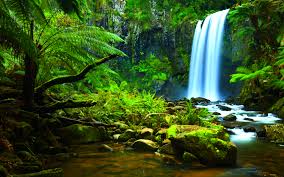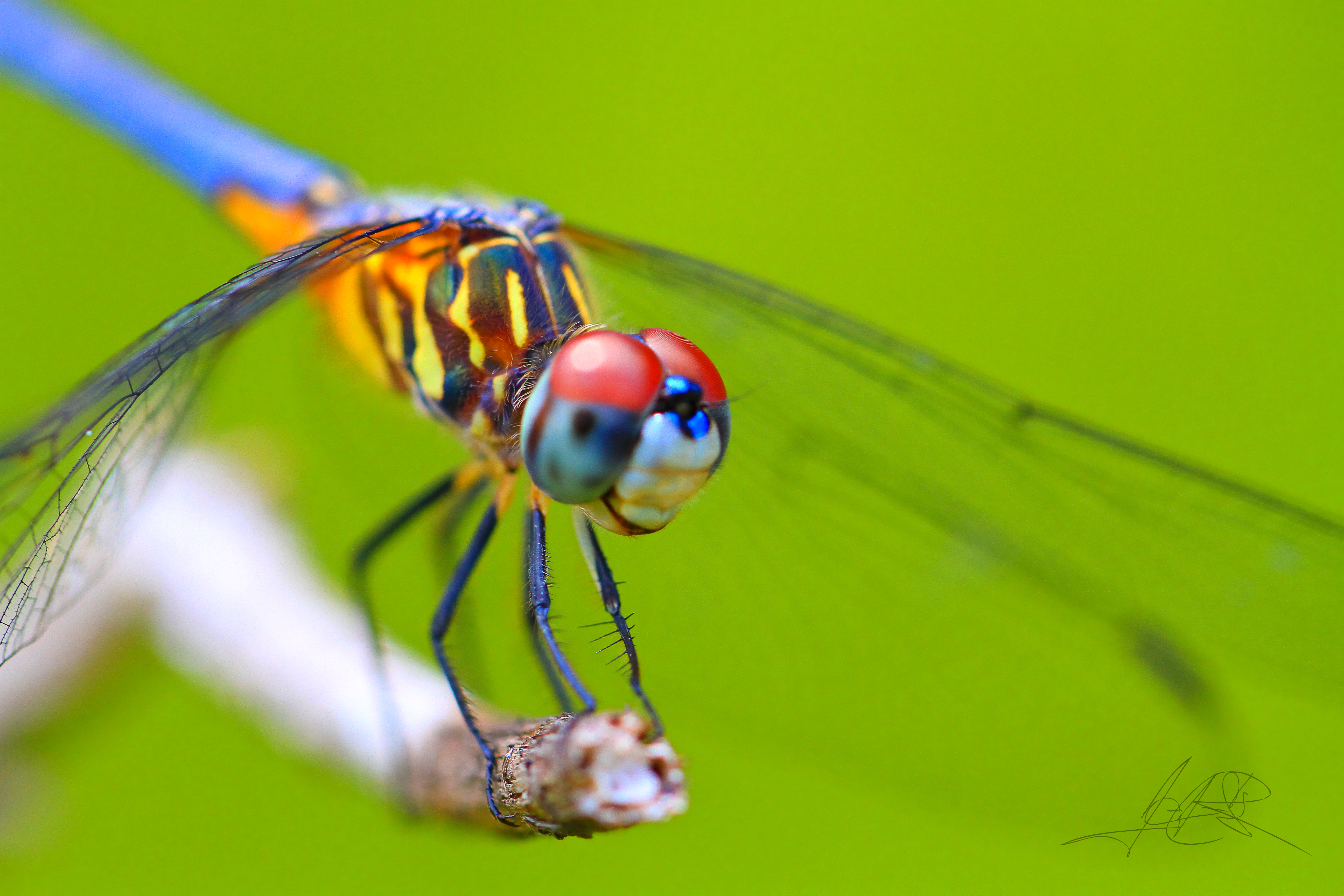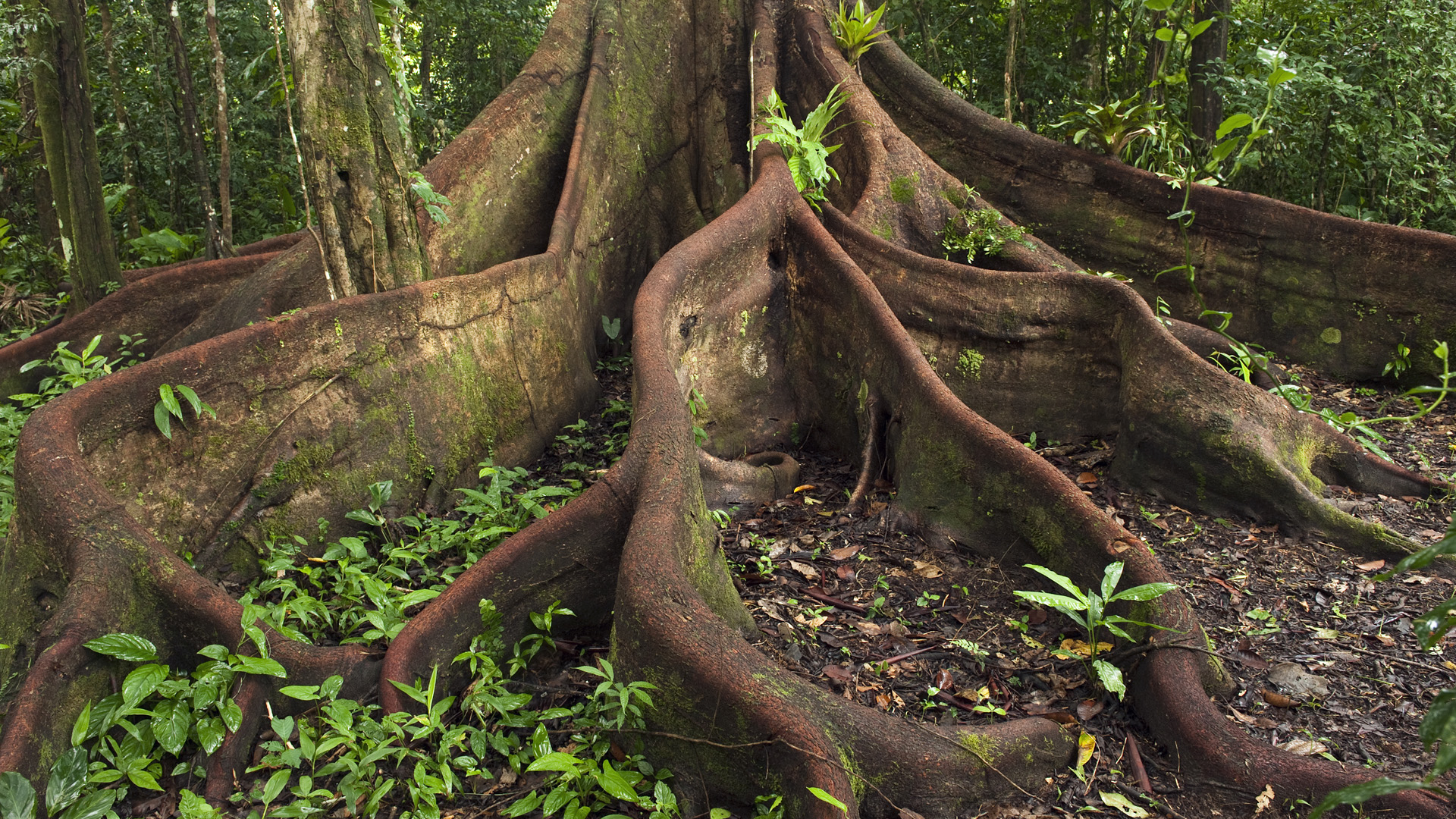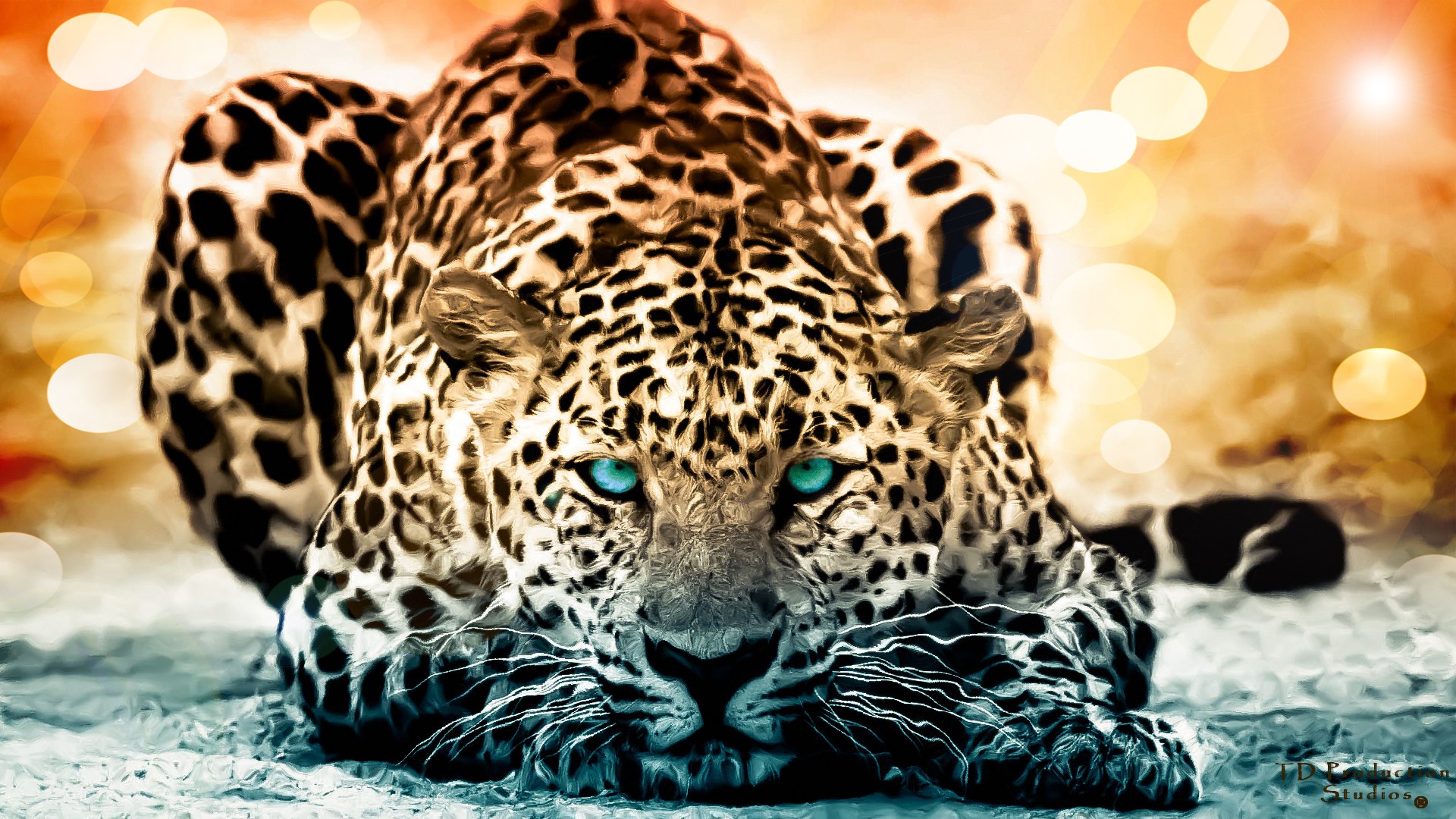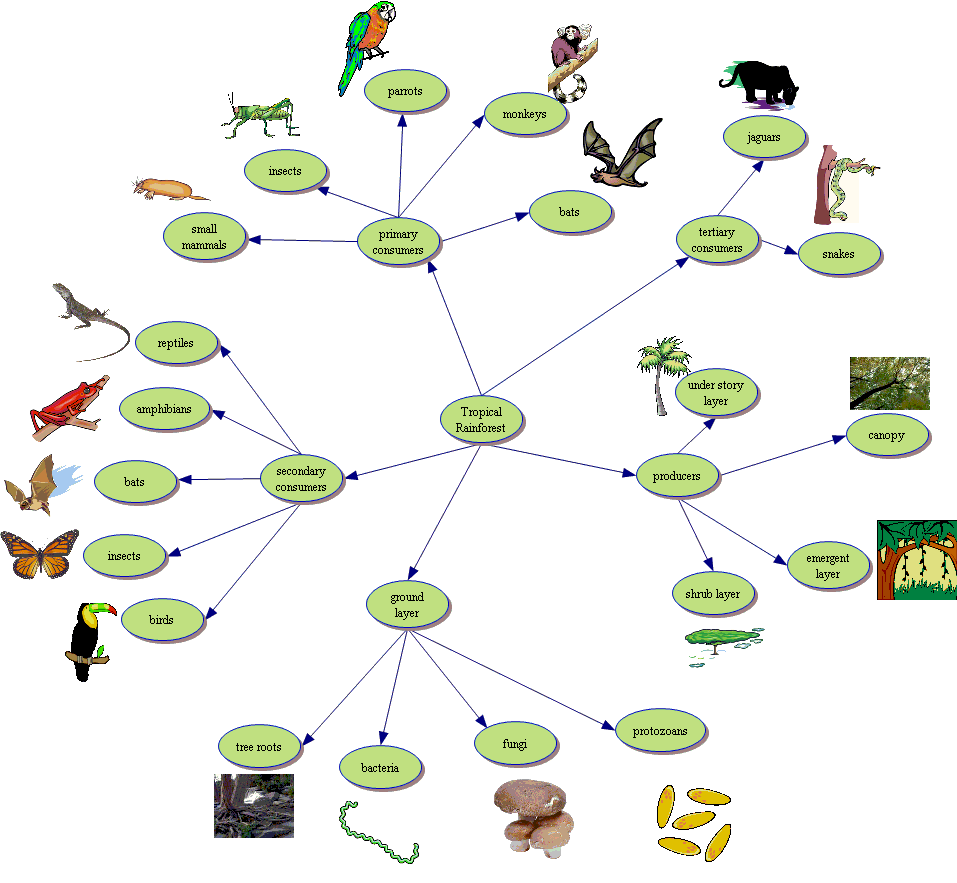By: Savannah Fye
Per. 2nd
3/12/14
The Amazon Rainforest
1)
Abiotic Features: Climate-
Abiotic Features: Climate-
- The climate in the Amazon rainforest is very humid and hot, and its average temperature is 26 degrees Celsius.
- The rainforest keeps a constant temperature throughout the year, and the seasons do not change and the annual temperature change is usually no more than 2 degrees.
- The natural disasters that are common in the rainforest are: floods, and landslides.

- Floods- happen during the rainy season because precipitation can be unbroken and last several days or even weeks.

- Landslides- With the constant participation the soil becomes wet and loose which causes parts of it to slide and fall.
Citations-
- "What Is the Climate like in the Amazon Rainforest?" What Is the Climate like in the Amazon Rainforest. Ask.com, n.d. Web. 03 Feb. 2014.
Woudon, James. "Natural Disasters in the Rainforests | EHow." EHow. Demand Media, 17 Apr. 2011. Web. 03 Feb. 2014.
2)
- The Amazon rainforest has a huge variety of plants but a good majority of all of those plants are trees. This rainforest has more different types of trees than any other place let alone rainforest in the entire world. 100 to 200 different species have been count in just a 2 1/2-acre area in the rainforest by scientists.
- Another major part of the rainforest is the canopy which provides homes to many of the different species that reside in it. There is a lower and upper part of the canopy, within the upper canopy is 60 to 130 feet trees. The lower canopy is shaded by the upper canopy and helps to provide cover for anything underneath like shrubs.
- The next part of the rainforest is the understory which covers many short trees, plants, shrubs, as well as the trunks of the larger trees. This part of the rain forest is easier to maneuver because the venation here doesn't grow as much or thick as in other parts as a result of the limited light.
Citations-
- Whitehead, Cathryn. "The Physical Characteristics of Amazon Rainforests | EHow."EHow. Demand Media, 30 Oct. 2010. Web. 04 Feb. 2014.
- Briney, Amanda. "Rainforests." About.com Geography. N.p., 11 Jan. 2009. Web. 04 Feb. 2014.
3)
Biotic Features (Producers) -
- Monarch Butterfly- this insect is orange and black with white spots that cover the range its entire body. This insect is considered poisonous and it consumes a poisonous type of weed called milk weed. When they are born their first meal is their own eggshell.
- Dragonfly- Dragonflies have a tree part body consisting of the head, the torso, and the long tail that is almost the size of all three. Dragonflies are most found near water and they can hover in mid-air for long periods of time. For a meal they consume other insects and it attacks them while still flying. Sightings of these insects have dated all the way back to about 300 years ago commonly in rainforests.
- Buttress Roots- These roots belong to some of the largest trees in the world measuring up to be in some cases a full grown human. They are firmly planted into the dirt/soil of tropical rainforests.
- Saprophytes- These contain essential nutrients which are then given to the plants and tree around them. These decayed matters provide calcium, iron, potassium, and phosphorus these are needed so that the rainforest can continue on living.
- Bromeliads- These colorful plants have a bowl shaped center in order to catch water and are also related to the pineapple. They contain an ecosystem in their own, supplying creatures especially those needing water/moisture a home of their own.
- "Serval Printout- EnchantedLearning.com." Serval Printout- EnchantedLearning.com. N.p., n.d. Web. 12 Mar. 2014.
- "Dragonfly Printout - EnchantedLearning.com." Dragonfly Printout - EnchantedLearning.com. N.p., n.d. Web. 12 Mar. 2014.
- "The Plants of the Rainforest." The Plants of the Rainforest. N.p., n.d. Web. 12 Mar. 2014.
4)
Biotic Features (Consumers) -
- Spider Monkey- An adult monkey can grow up to a length of two feet tall (not including the tail), they can weigh up to around 13 pounds. Because they used their four limbs and tail (5) to hang from branches and such, they acquired the name spider monkey. The diet of spider monkeys consists of as much as 90% fruit.
- Jaguar- The Jaguar is the third largest feline and is one of three cats called panthers, it is the only one found in the americas. Jaguars have dark spots and rings all over their body which is you as an identification device. These giant cats have such strong jaws that they can even bite their ways through a turtle shell.
- Anaconda- These creatures are one of the largest if not the largest living snakes on the entire planet. It can consume more than its own body weight in hours and can swallow its prey up to a very large size whole. This snake can give birth to between twenty and forty baby snakes in one birthing.
- Crocodile- These are specified as reptiles and are very fast, semi-aquatic, and carnivorous being that make home of the Amazon rainforest. They like to breed in the spring laying 50 to 60 large eggs. they make up a "nest" of branches, mud, rocks and any other stray earthy thing they come across during this time.
- Tiger- Unlike most, these cats love the water and are excellent swimmers, they even catch fish as a regular meal when available. They are carnivores and they feast on large mammals which is why they are very fast as well as strong.
- "Spider Monkey." National Geographic. N.p., n.d. Web. 03 Feb. 2014.
- "Interesting Facts About Spider Monkeys." Some Revealed Here. N.p., n.d. Web. 05 Feb. 2014.
- "Jaguar." Wikipedia. Wikimedia Foundation, 31 Jan. 2014. Web. 03 Feb. 2014.
- Sen, By Nina. "Fun Facts About Jaguars." LiveScience. TechMedia Network, 20 Feb. 2013. Web. 06 Feb. 2014.
- "Anaconda Printout- EnchantedLearning.com." Anaconda Printout- EnchantedLearning.com. N.p., n.d. Web. 12 Mar. 2014.
- "All About Alligators- Enchanted Learning Software." All About Alligators- Enchanted Learning Software. N.p., n.d. Web. 12 Mar. 2014.
5)
Endangered/Threatened species-
- Serval- This feline is very fast, as well as jumps, leaps, and climbs outstandingly especially in situations that it feels threatened. though they are still around, this species is becoming extinct because of its frequent loss of habitat.Another reason behind the endangerment of this species is because poachers like to hunt them for their fur and meat. The decline of these animals is happening fast because the coats take more than one cat to make one coat. Luckily the animal fur coats are fading in the fashion industry and hopefully these cats will eventually return to the way it was before.
Citations-
- "Serval Printout- EnchantedLearning.com." Serval Printout- EnchantedLearning.com. N.p., n.d. Web. 12 Mar. 2014.
- "Serval." SanDiegoZoo.org. SanDiego Zoo, n.d. Web. 12 Mar. 2014.
6)
Food web-
Citation-
7)
VIdeo-
Citation-
- "Tropical Rainforest FoodWeb." PBworks.com. N.p., 08 Mar. 2011. Web. 12 Mar. 2014.
7)
VIdeo-
- Zacney, Casey. "Tropical Rainforest Biome." YouTube. YouTube, 08 Feb. 2011. Web. 12 Mar. 2014.
3
